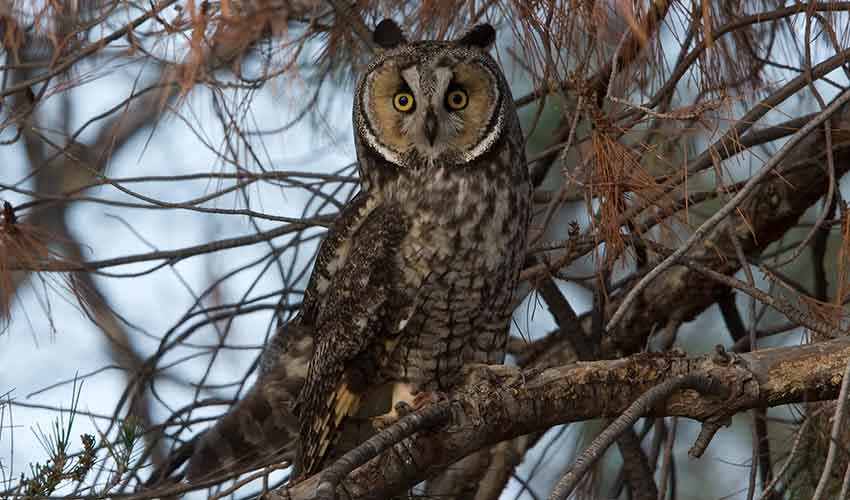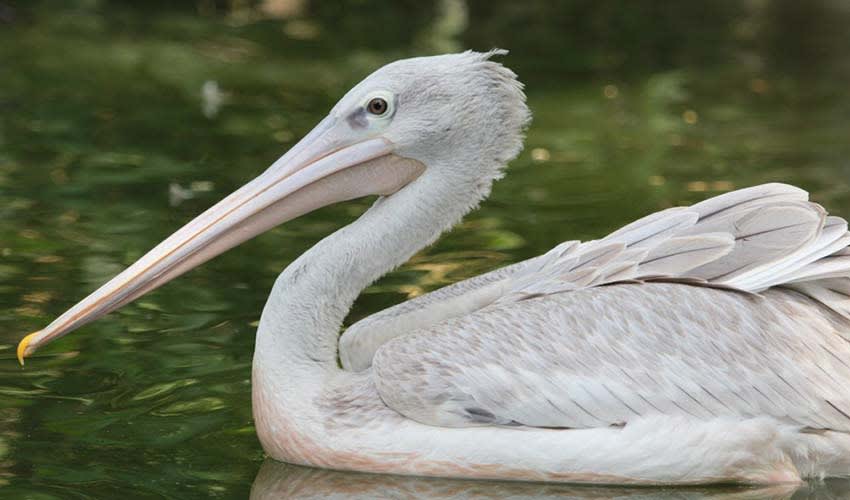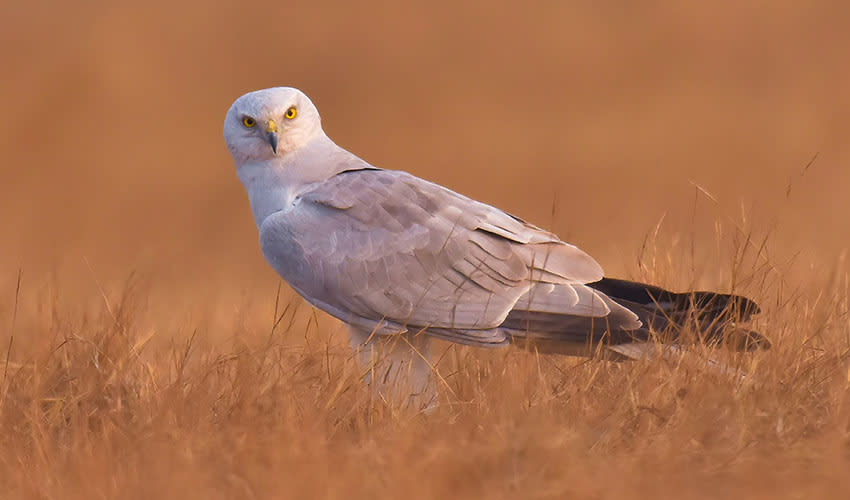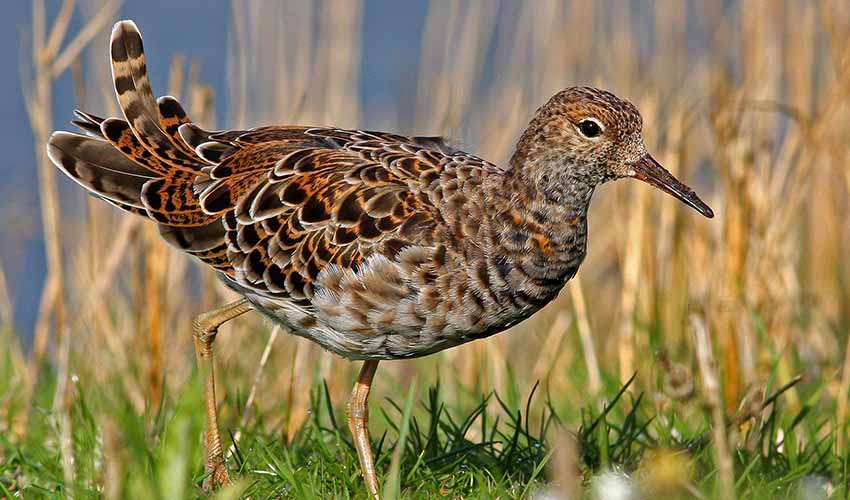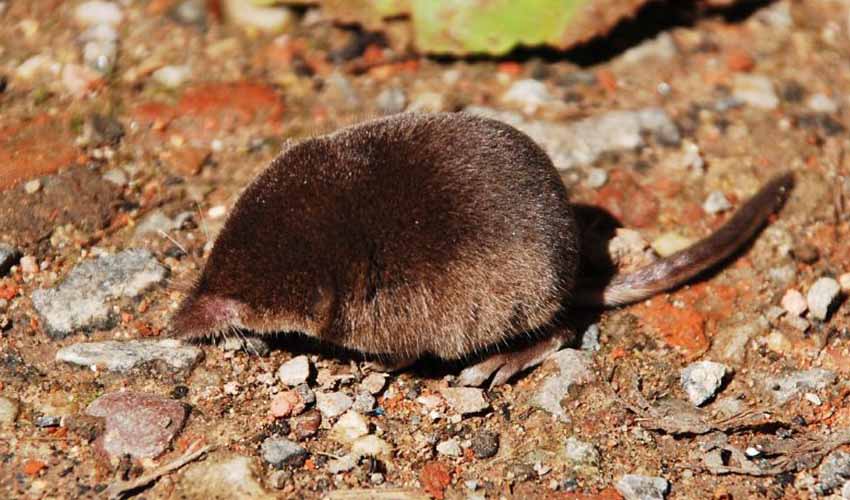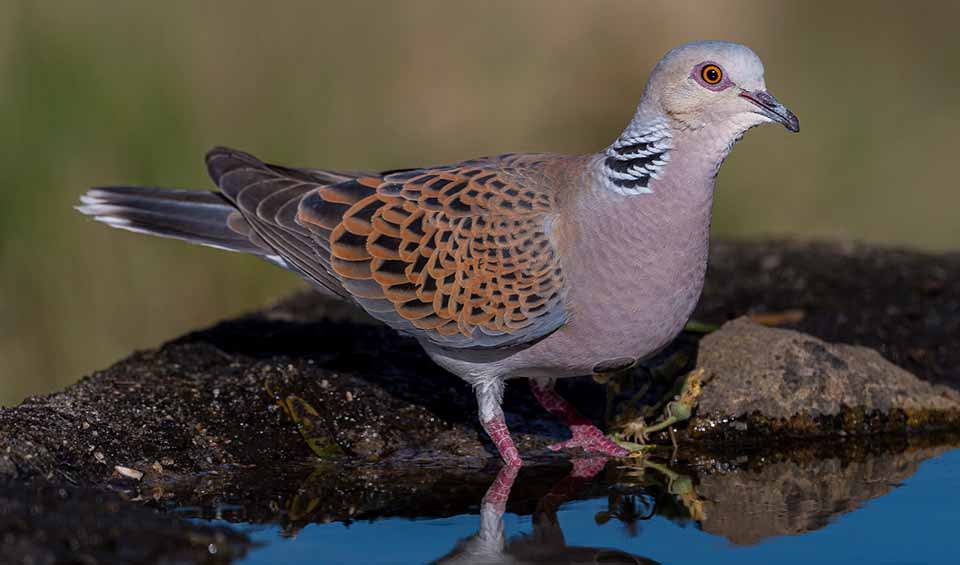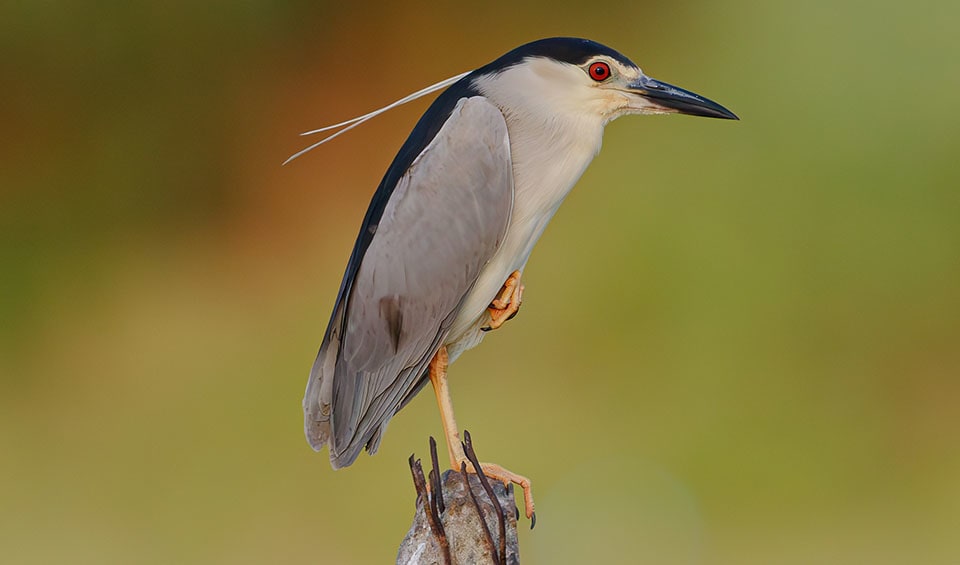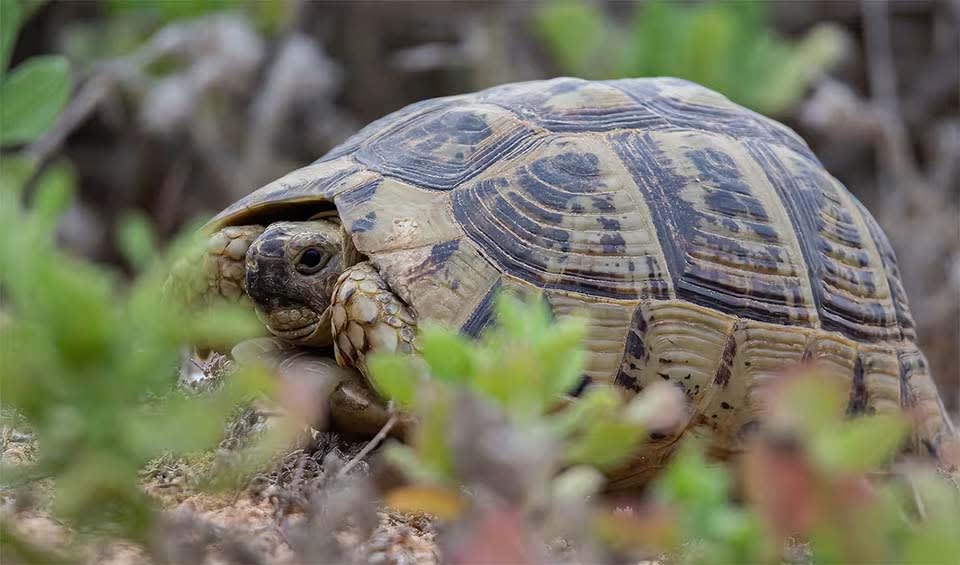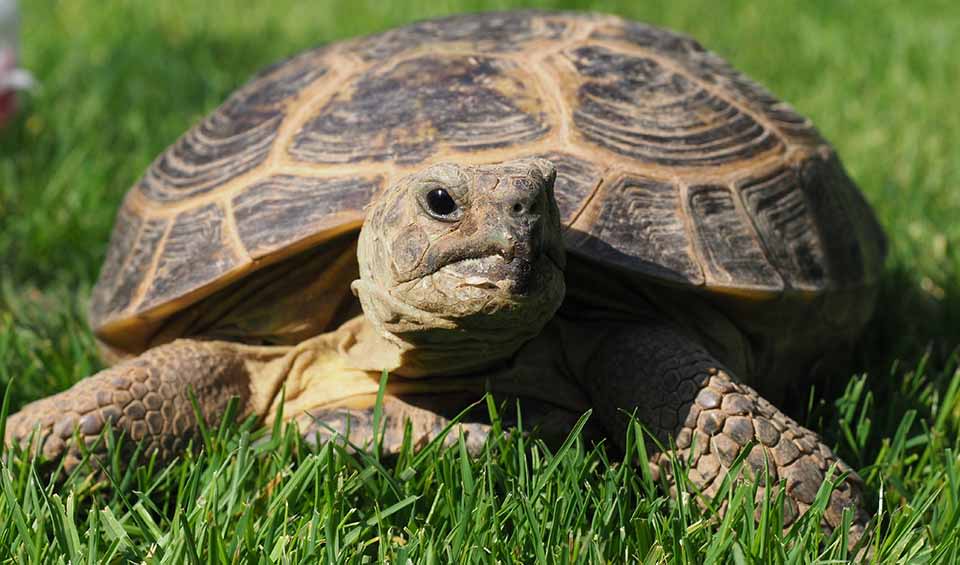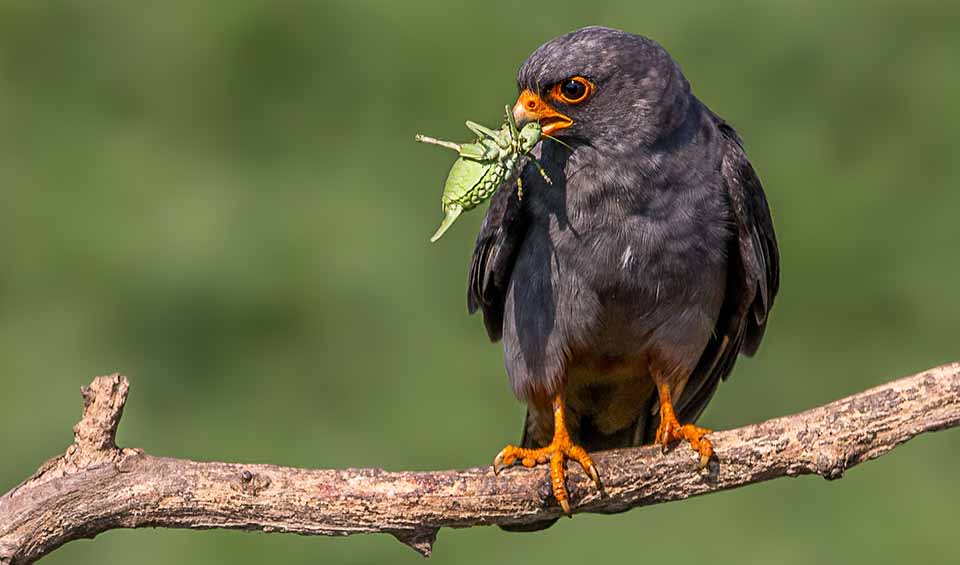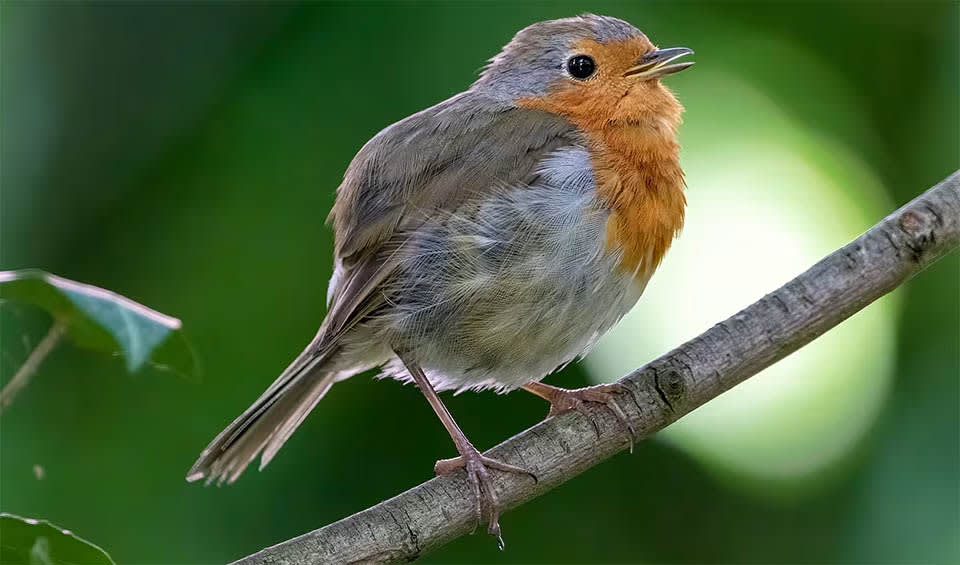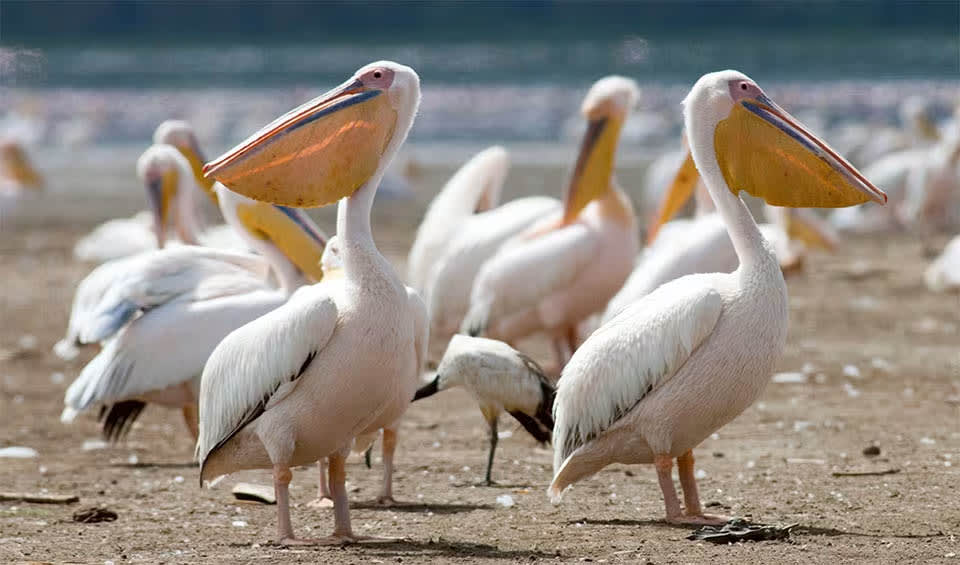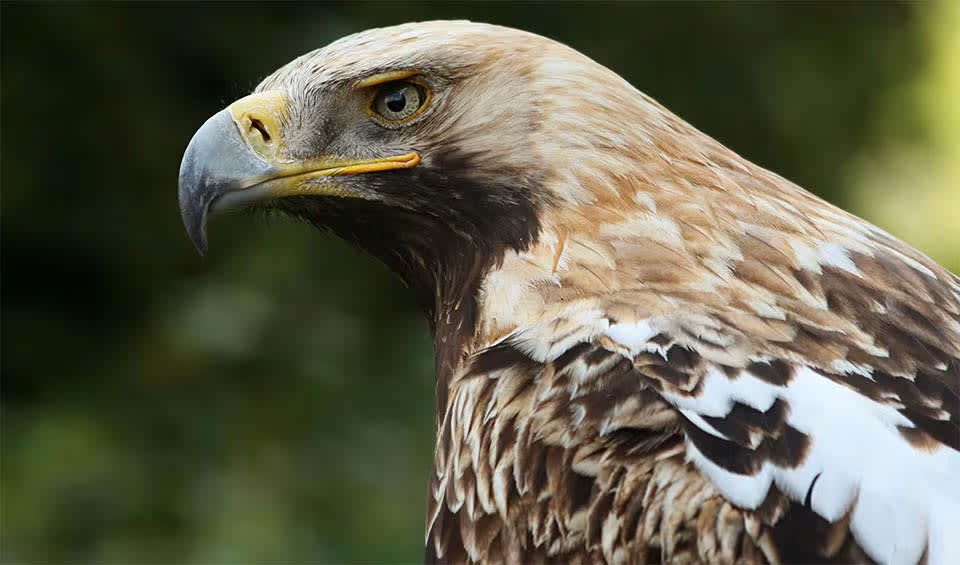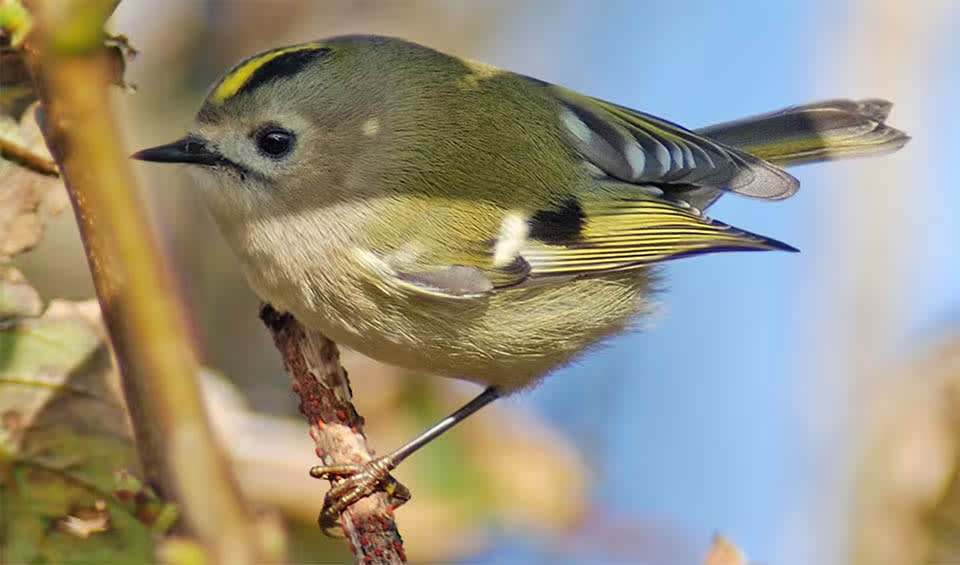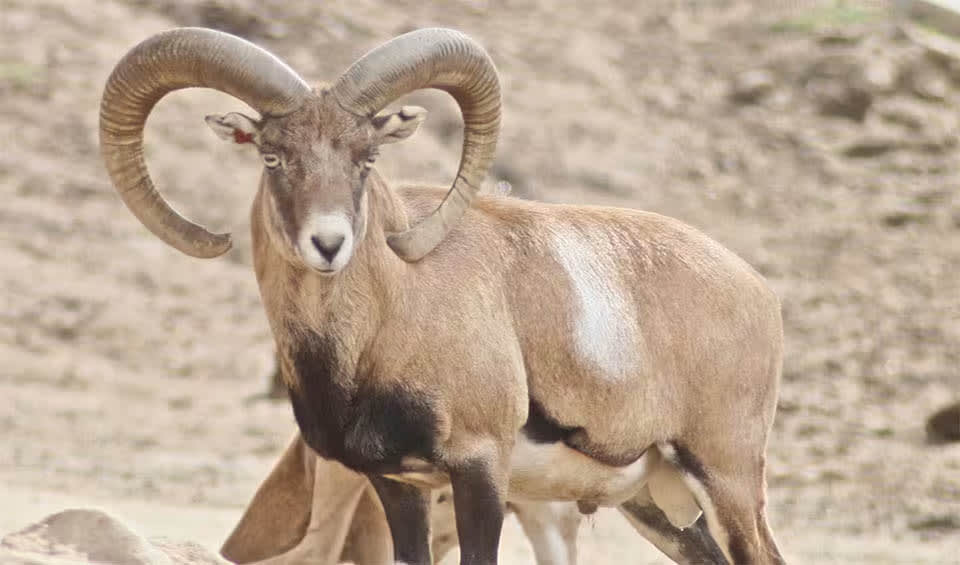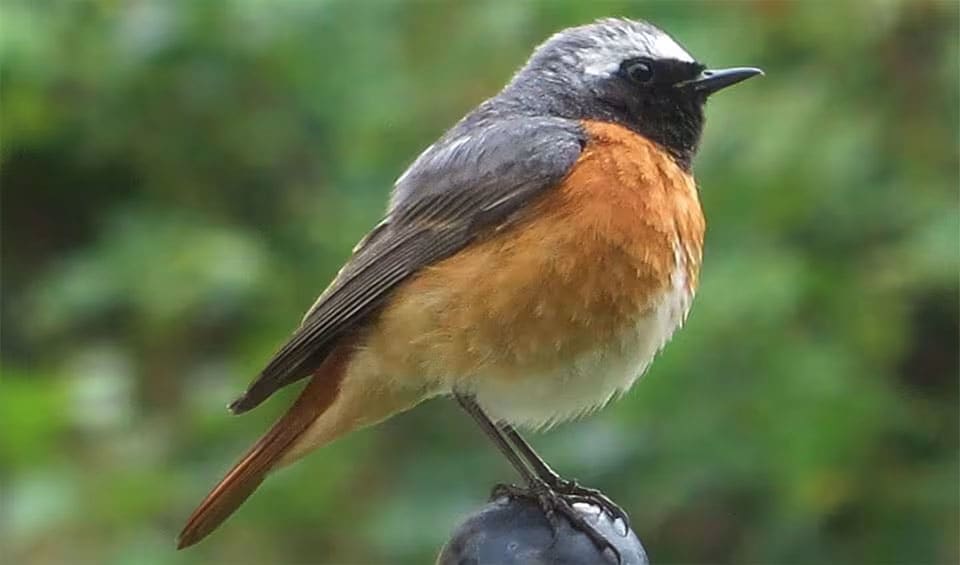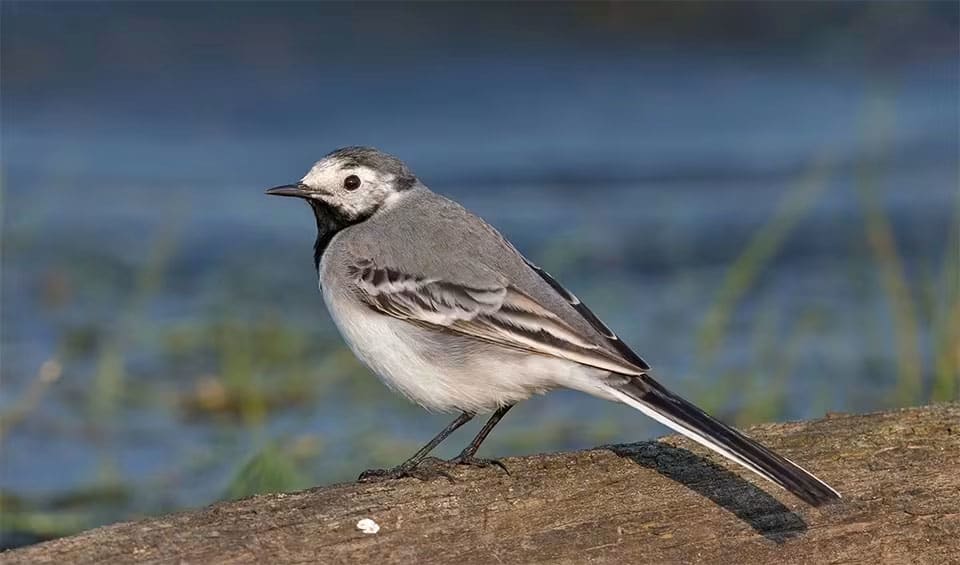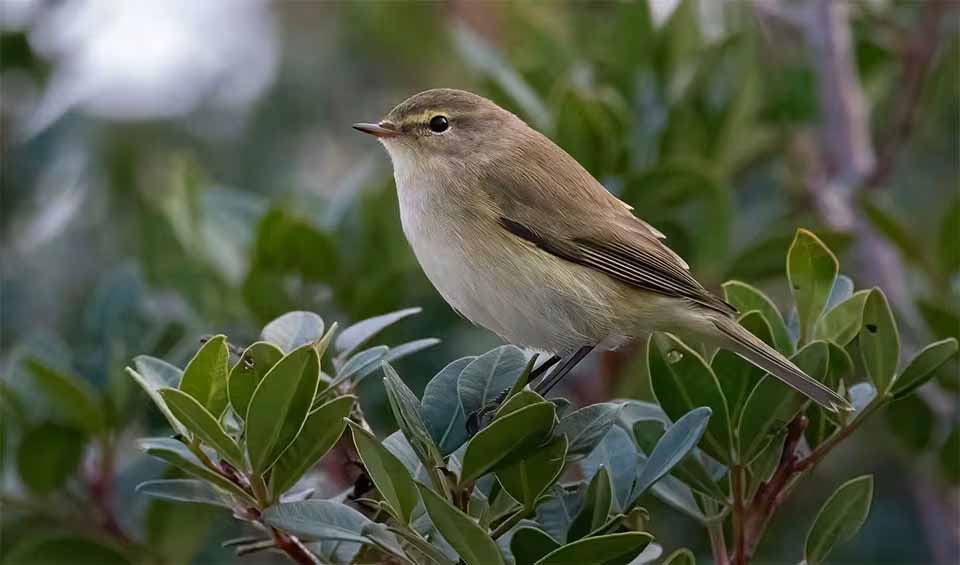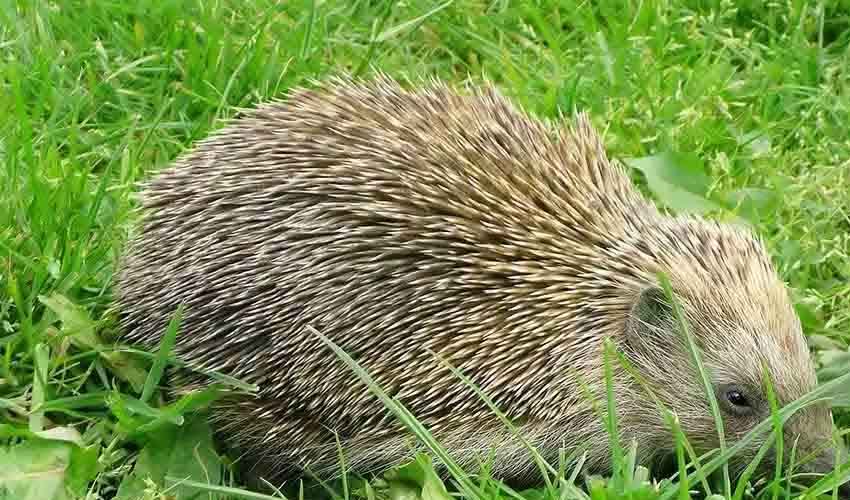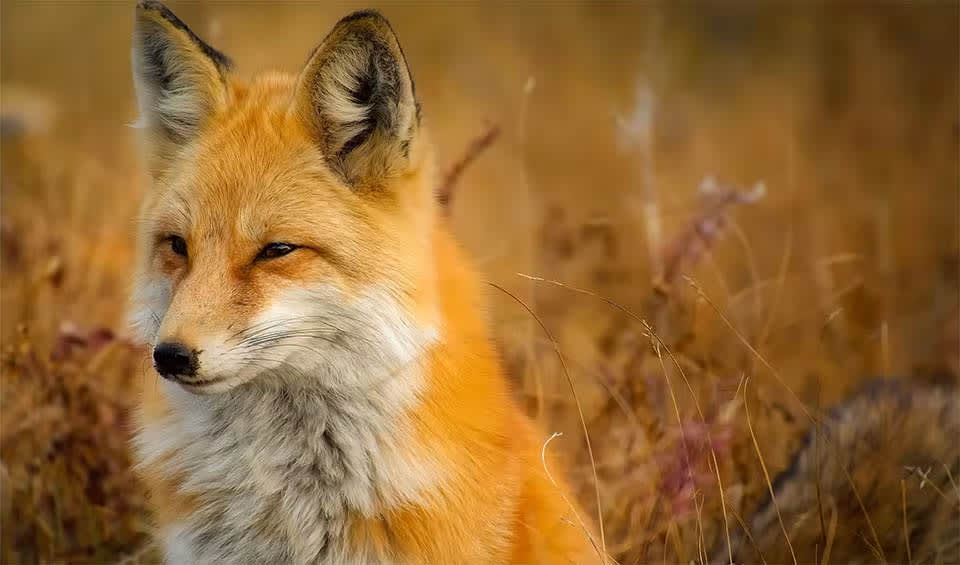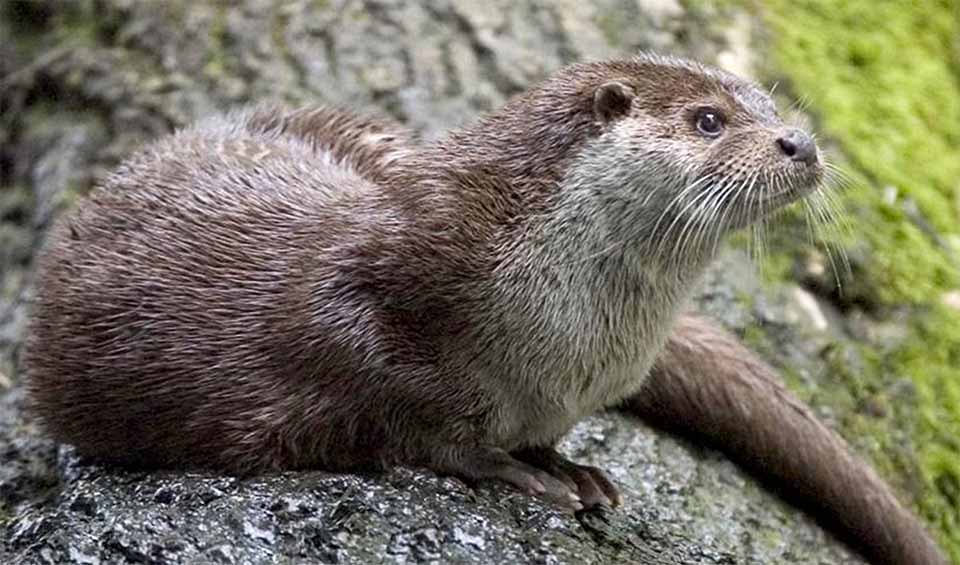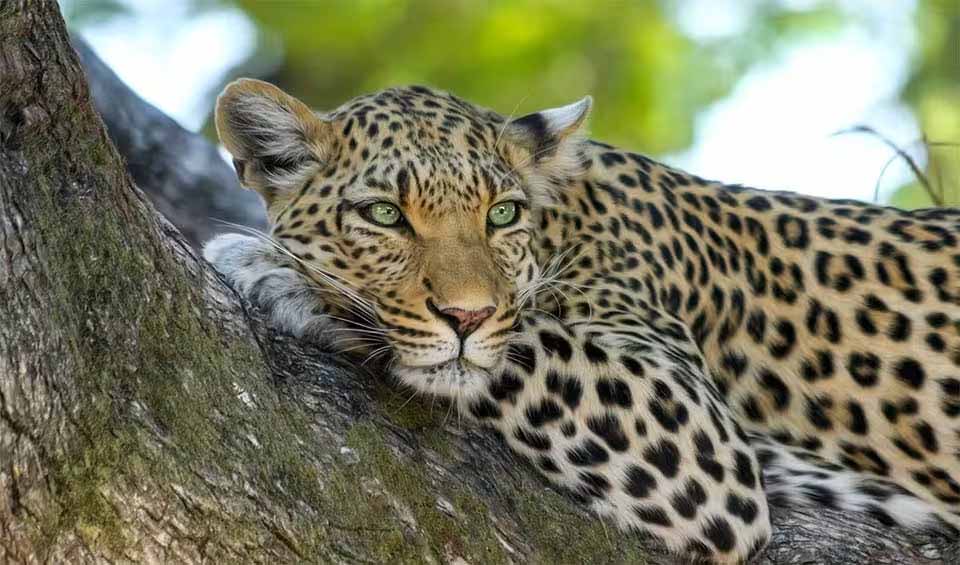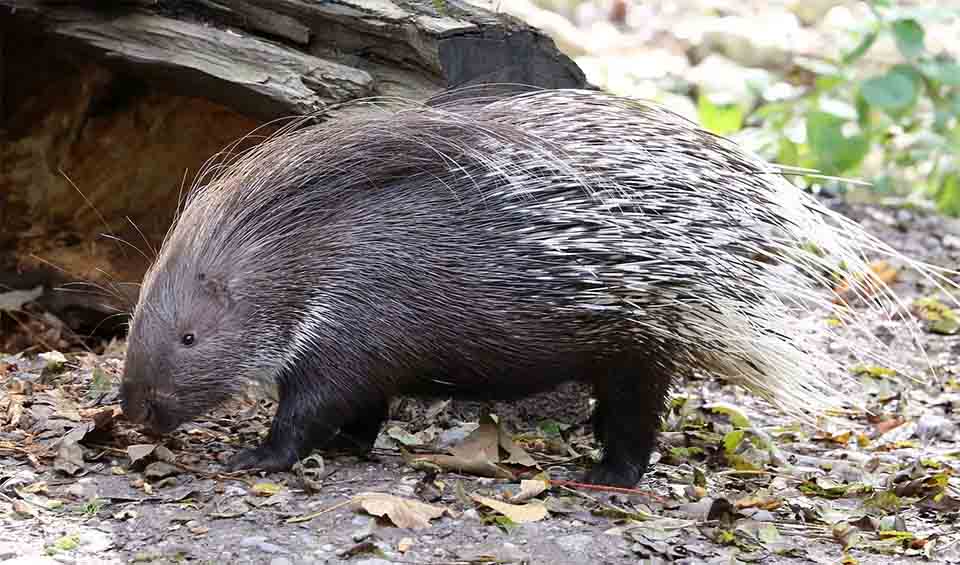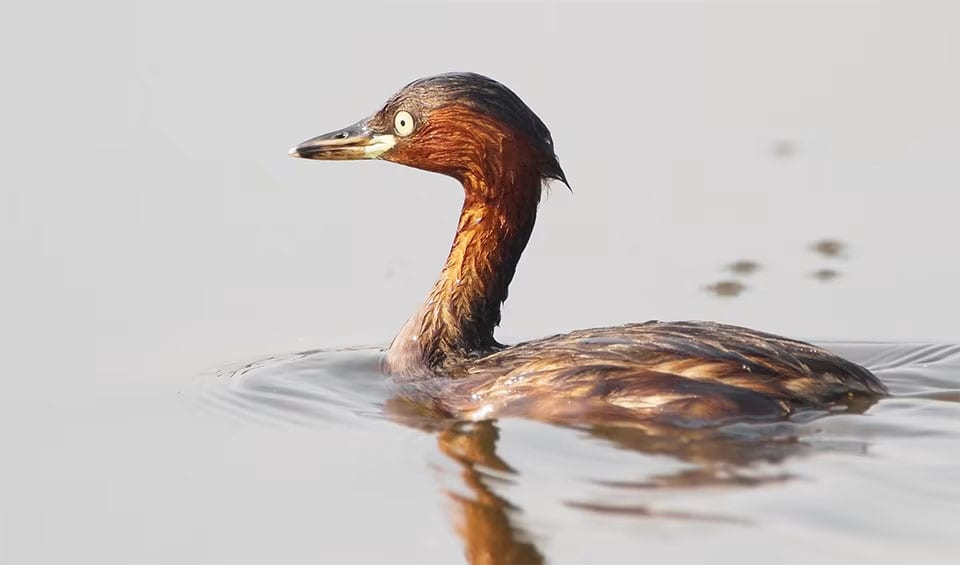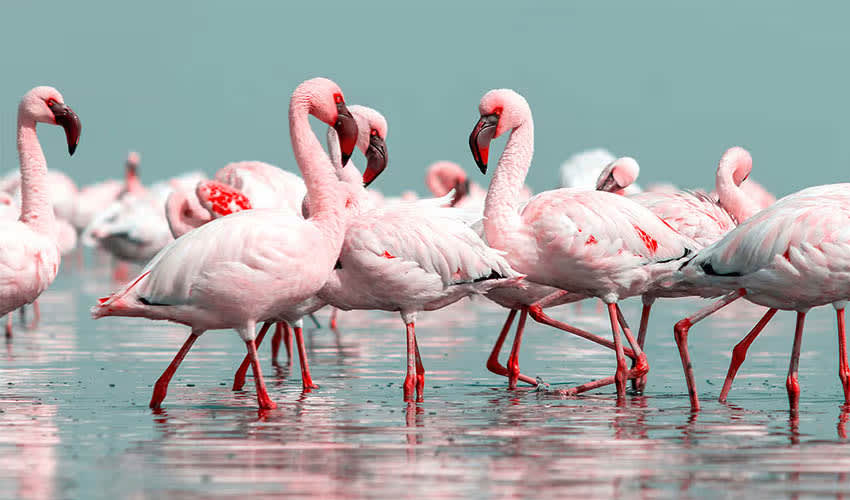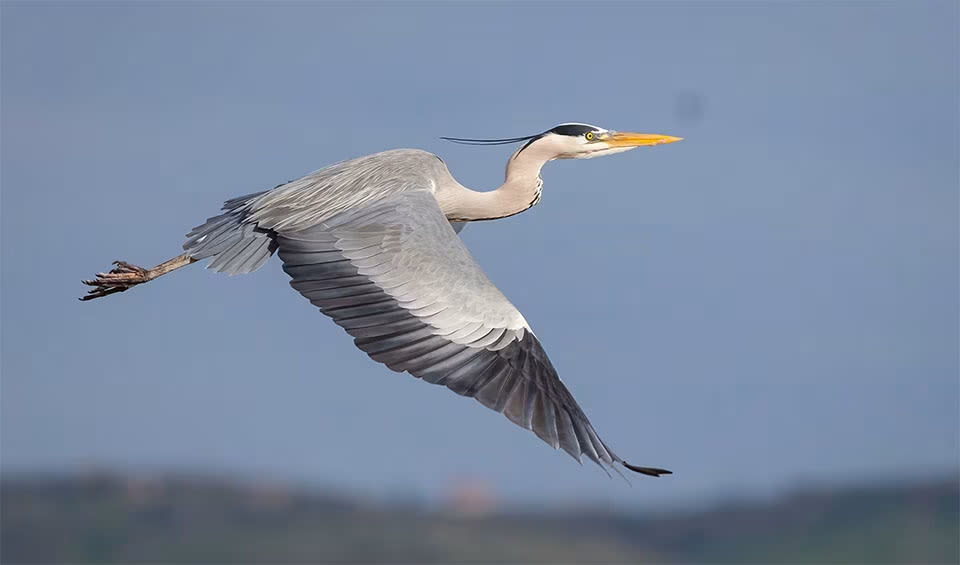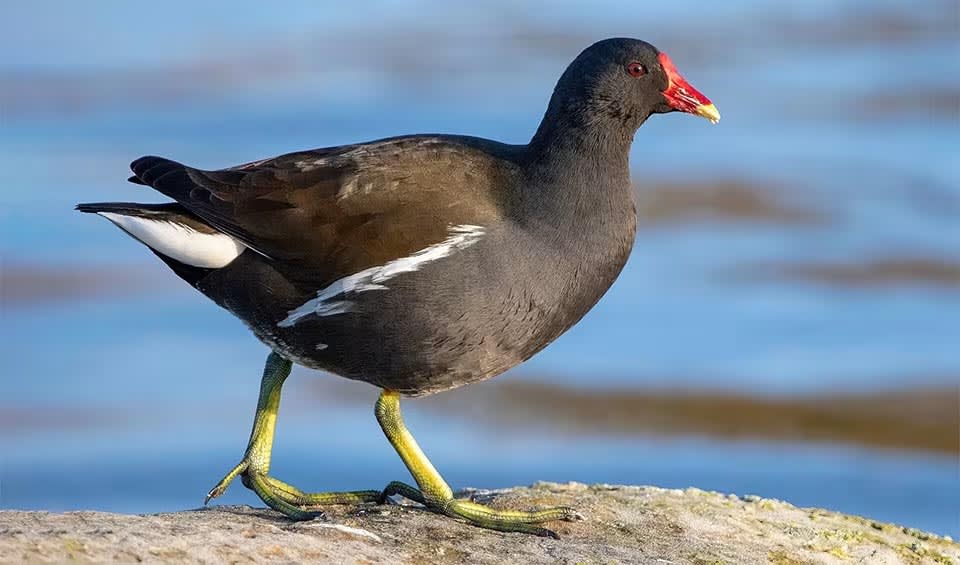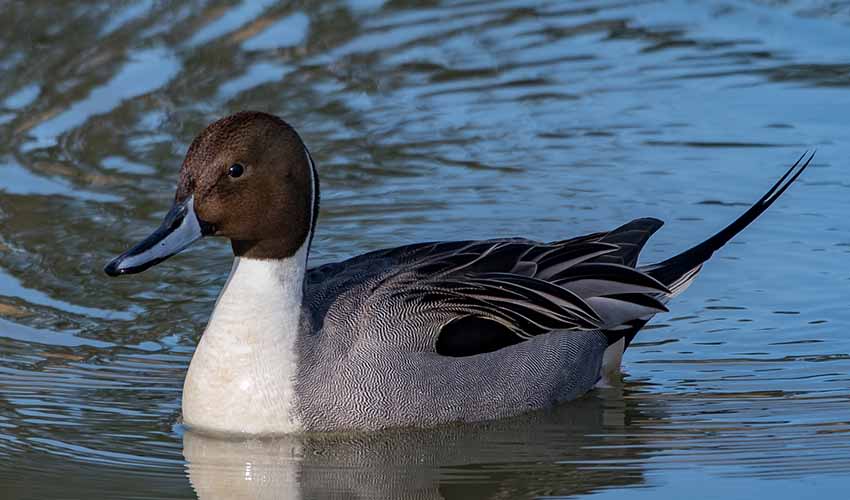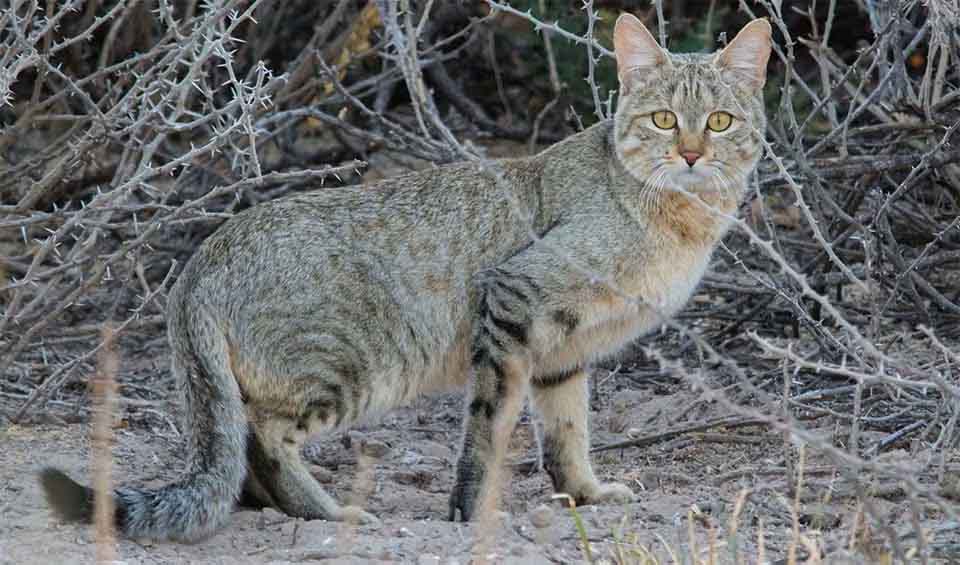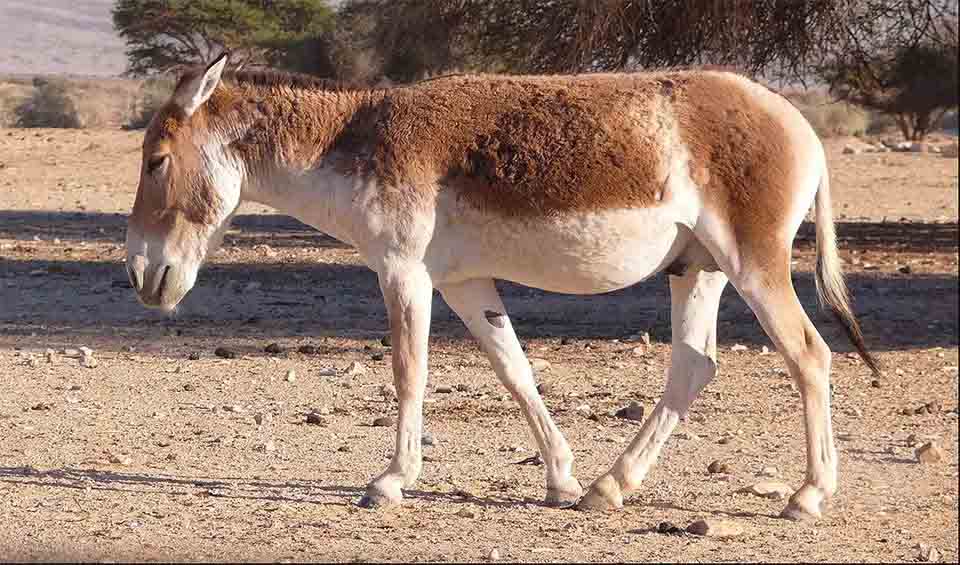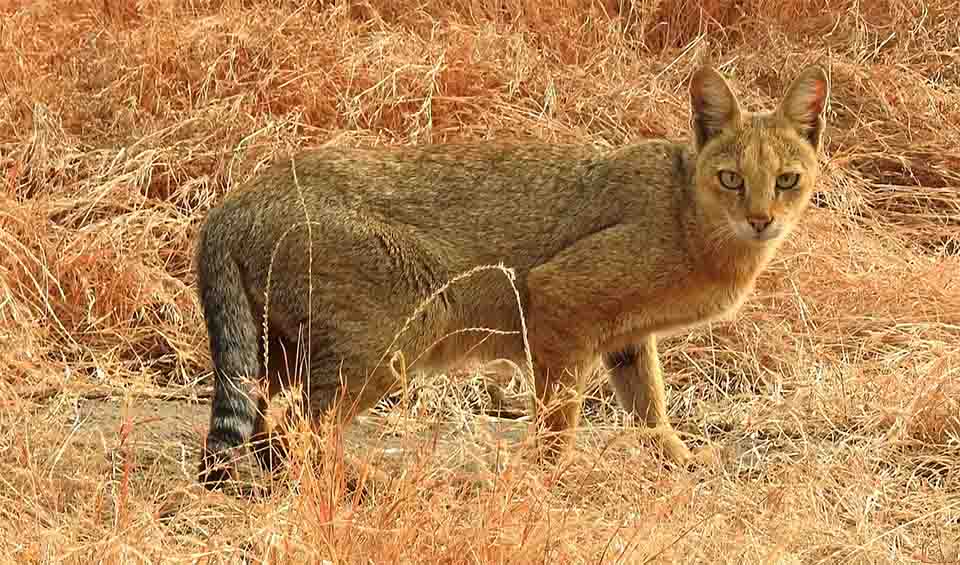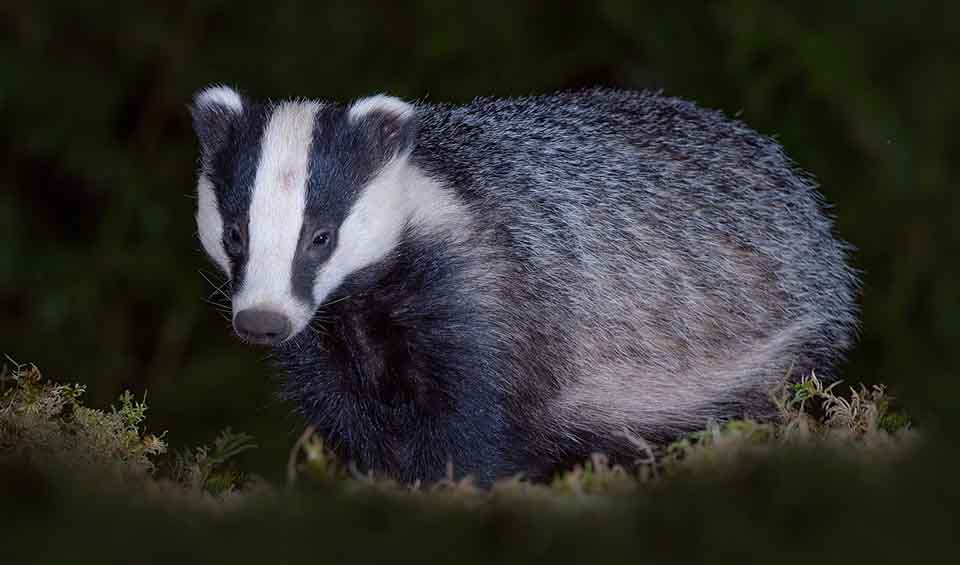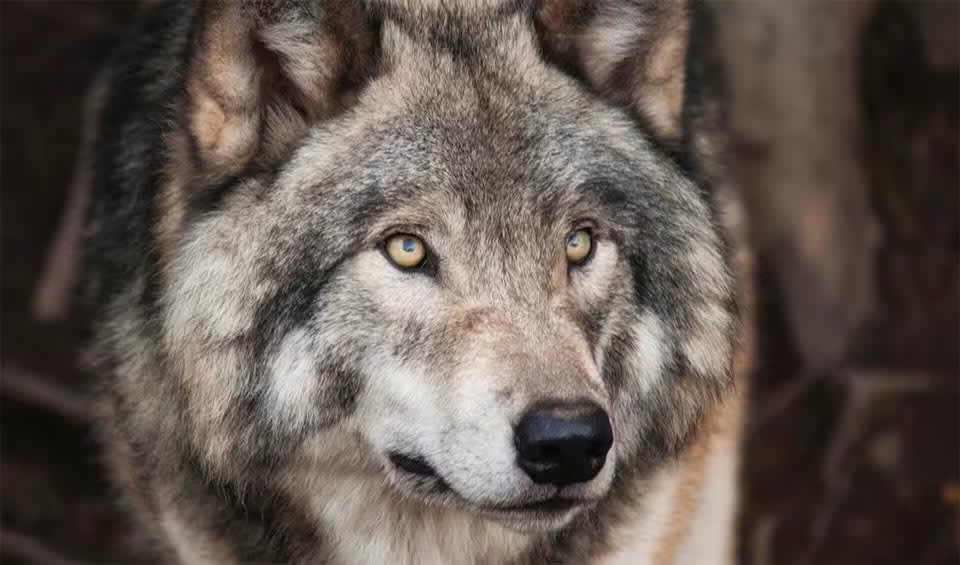Search for Armenia
European snow vole
Quietly thriving in a world of snow, stone, and thin mountain air
Bicolored shrew
It actually shrinks its skull and brain during the cold months to conserve energy, then regrows them in spring
Long-eared owl
Its flight is nearly soundless, thanks to specially fringed wing feathers that disrupt air turbulence
Short-eared owl
Defies the usual “creature of the night” stereotype by thriving in open landscapes and often hunting boldly in daylight
Western barbastelle
So specialized in moth hunting that they have been called the “ghosts of the forest”
Dalmatian pelican
Has the largest wingspan of any pelican species, and among the very largest of any living bird
Sand martin
A bird that carries the rhythms of the seasons on its wings
Sheltopusik
Can blink and close their eyes while sleeping, something snakes cannot do
Carrion crow
Observed using sticks as tools to extract insects from crevices—something once thought to be exclusive to primates
Booted eagle
Despite its small frame, this eagle can take prey almost as large as itself
Pallid harrier
Local birdwatchers sometimes call it the “silver ghost of the grasslands”
Hen harrier
Its name comes from its habit of preying on free-ranging domestic hens in medieval Europe—though such encounters are rare today
Little bustard
Only when cornered will it burst into flight, usually low and fast, showing its striking white wing patches
Ruff
Looks ordinary—but transforms into one of the most extravagant birds during breeding season
Spotted whip snake
Rarely causes harm since it lacks venom
Sacred scarab
Turning waste into new life for the soil
Brown rat
Can squeeze through shockingly small gaps if their head fits
Eurasian pygmy shrew
One of the smallest mammals in the world, and yet it lives one of the most intense lives
Tristram’s jird
Can survive for long periods without drinking free-standing water
Eurasian eagle-owl
These owls have specialized feathers that make their flight nearly silent
Ruddy shelduck
Has the body of a duck, neck of a goose, and voice of a goose having a bad day
Ruddy turnstone
They flip the script — literally!
European turtle dove
The only long-distance migratory dove in Europe
Wood pigeon
Timid by nature, often flying off at the slightest sign of danger
Roe deer
One of Europe’s oldest surviving deer species
Black-crowned night heron
One of the most widespread and adaptable herons in the world
Long-eared hedgehog
One of the fastest runners among hedgehogs
Steppe eagle
The treasured bird of Saladin, the first Sultan of Egypt
Dice snake
A big, harmless snake that likes to live near freshwater
Greek tortoise
The mosaic-shelled marvel of the Mediterranean
Sika deer
Introduced to many other parts of the world where some populations have become invasive
Wild goat
The rugged ancestor of the domestic goat
Russian tortoise
Like miniature tanks, built for survival in some seriously harsh climates
Saker falcon
Their keen vision enables them to scan vast landscapes, identifying small movements or potential prey items even from high altitudes
Red-footed falcon
Their favorite snack? Large insects like locusts and dragonflies
Little tern
Renowned for their spectacular aerial displays during courtship, including steep dives and intricate flight patterns
Common blackbird
Arguably among the most beautiful songbirds in the world — they enjoy singing after a rain shower
Common crane
The flocks of this social and gregarious bird are fond of migration, flying over the horizon and creating a V-shaped formation
European roller
Loves trees! Only member of its family breeding in Europe
European starling
Brilliant mimics, they can copy bird calls and even human-made sounds like car alarms and ringing phones!
Chital
Also known as “barking deer” because of their loud, barking alarm calls
Goitered gazelle
The “goiter” is a male feature
European pine marten
Sometimes called the “squirrels of the weasel family” due to their impressive arboreal abilities
Black-necked grebe
Unlike many birds, their chicks can swim and dive just hours after hatching
European pond turtle
At the first sign of danger, it will quickly dive into the water and hide
European goldfinch
Can hang upside down while feeding!
Eurasian skylark
They might not look like much, but they have an incredible talent: singing!
European Robin
Can be quite friendly and will often come close to humans, especially if they’re offered food
Great white pelican
Underneath this colorful beak, there’s a hidden surprise – a built-in net for scooping up a delicious lunch!
Eastern imperial eagle
Its imperial imagery and fierce demeanor have made it a symbol of power and nobility throughout history
Goldcrest
A tiny bird, one of the smallest in fact!
Barn swallow
Most common and widely distributed swallow globally
Demoiselle crane
The smallest of all the crane species and is known for its elegance and grace
Northern lapwing
Very active and noisy, with a loud, piercing call that sounds like “pee-wit”
Common nightingale
Often called the “singer of the night,” it produces a complex and beautiful melody that has captivated people for centuries
Lesser grey shrike
Have been observed remembering the locations of their impaled prey and even using tools to help them catch food
Marsh frog
Quite noisy creatures which is a common sight in wetland areas
Smooth snake
Can live for several decades under the right conditions, but grow slowly and only reach maturity after several years
Savignys treefrog
Also known as the Lemon-yellow tree frog, the Middle East tree frog
Mute swan
Known for their graceful movements and the distinctive “S” shape of their neck
Mouflon
Considered as one of the ancestors of all modern domestic sheep
Whooper swan
Very loyal partners! Once they find a mate, they usually stay together for life
Grass snake
One of the most common reptile of the European wetlands
White-headed duck
Their stiff, upright tail feathers aid them in swimming and diving
White-throated dipper
Can walk along the riverbed using its wings to stabilize itself against the current
Common pheasant
One of the most hunted, widespread, ancient, and well-known game birds
Northern banded newt
A fascinating amphibian that is known for its distinctive appearance and behaviors that is formerly considered a subspecies of the banded newt. This species primarily inhabits parts of Turkey, Georgia, and the surrounding regions, thriving in a range of freshwater habitats. Their striking coloration and patterns typically characterize them. The skin of these newts is […]
Little egret
During breeding, they transform with elegant white plumage, adorned by decorative plumes on the head, neck, and back
Eurasian blackcap
The males, in particular, produce a rich and intricate song that contributes to their charm
Common redstart
They consistently display a restless demeanor and exhibit a distinctive, tail-trembling behavior
White wagtail
Holds cultural symbolism in some societies, representing good luck
Eurasian kestrel
Adaptable raptor known for its hovering hunting technique and striking appearance
Common chiffchaff
Their migratory behavior is often linked to the availability of insects for food
Southern white-breasted hedgehog
A pocket-sized charmer with a playful personality that will steal your heart
Eurasian blind snake
A small, burrowing snake that can’t see well but can smell its way to a tasty insect
Red fox
Ladies and gentlemen, please welcome the world’s most widely distributed carnivore!
Eurasian otter
Fiercely territorial, marking their territory with scent to communicate with other otters
European water vole
They are excellent swimmers and can hold their breath for up to 30 seconds underwater
Etruscan shrew
Meet the world’s smallest mammal but a fierce predator
Brown bear
The second largest bear, right after the polar bear. Sadly, it well might top the list soon
Leopard
Disappearing graceful shadows, this tree-climber is on the way to extinction
Kuhls pipistrelle
Their population distribution is often associated with human settlements as they are comfortable in both agricultural and urban habitats
Caucasian squirrel
The word ‘squirrel’ is derived from the Greek word ‘Skiouros’ meaning ‘shadow tail’ – not specific
Greater horseshoe bat
These elegant acrobats perform a perfectly timed and skilled somersault as they approach their chosen resting site
European free-tailed bat
Their muzzle has wrinkled lips, which makes them look like a dog’s face, and is commonly called a bulldog bat
Indian crested porcupine
This charismatic creature is not just a quilled beauty but also a skilled architect
Great cormorant
Due to their adaptability and willingness to migrate to more favorable habitats, great cormorants are found worldwide
Little owl
Aptly named after the goddesses of wisdom and war, little owls have lived alongside human civilizations since 500 BC
Little grebe
This cute and small bird is one of the most elite hunters below the water’s surface
Syrian woodpecker
One of the only birds that can drill a hole in the hardest of wood
Greater flamingo
The iconic and elegant bird with a curved pink bill is known for turning heads
Eurasian spoonbill
This bird is unmistakable for its namesake, spoon-shaped bill
Glossy ibis
These birds seem to have lost their way to the beauty pageant
Gray heron
Exhibit powerful flight, with distinctive slow wing beats and an extended neck, defining features during their aerial movements
Purple heron
Its neck is insanely long and super flexible, giving it a slinky, snake-like appearance when it hunts
Great tit
The songbird that occasionally eats bats
Alpine / Yellow billed chough
The master aerial diver and swooper
House sparrow
The most widely dispersed wild bird
Marsh warbler
One of the best avian vocal mimics
Eurasian coot
Like those bulging red eyes weren’t scary enough, they eat their innocent chicks when hungry
Common moorhen
Living around smelly brackish marshes is unthinkable, but these birds love their isolated habitat or don’t have a sense of smell
Arctic loon
The most numerous wild bird species in the world
Chukar partridge
The national bird of Pakistan and Iraq is known to improve degraded ecosystems by aiding in the dispersal and germination of seeds
Merlin
The pocket-sized falcon with an eagle’s attitude
Peregrine falcon
At the speed of over 321 km/h (200 mph), this bird outraces a Formula1 car
Northern pintail
Have been recorded at altitudes over 16,000 feet during migration—almost as high as small airplanes!
Golden eagle
This majestic brown raptor is most widely distributed eagle species
Common buzzard
They eat just about everything — rabbits, rodents, birds, carrion, earthworms, insects… even beetles get a look-in
Levant sparrowhawk
Often chasing each other in the air or amusing themselves by catching and dropping objects like sticks or leaves
African wildcat
The direct ancestor of the domestic cat—no wonder why they look so alike!
Onager
Two out of six subspecies were hunted to extinction: the European & Syrian wild ass
Lesser white-toothed shrew
Also known as the “musk shrew” due to the strong scent they secrete to mark their territories
Jungle cat
One of the cats that were mummified and put into tombs in ancient Egypt as Egyptians worshipped a cat goddess
Striped hyena
The only hyena species outside of Africa that can go 15km (10 miles) for a meal
Pallas’s cat
‘Grumpiest cat on earth’ is well camouflaged, widespread, and adapted to cold climate
Marbled polecat
Delayed implantation enables them to time the birth for favorable conditions, such as when foods are abundant
European badger
One of the only predators of hedgehogs, thanks to their thick skin and long claws to get past the vicious spines
Eurasian lynx
Once widespread throughout most of Europe, by now extinct in most of Western and Central Europe
Wolf
The howl of each wolf is different
Wild boar
They have an elongated and elastic snout that can be used to dig out roots and bulbs
Eastern spadefoot
While most frogs lay their eggs in permanent water bodies, this special frog prefers temporary pools that form after heavy rains


